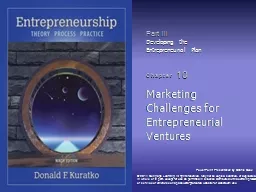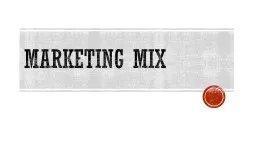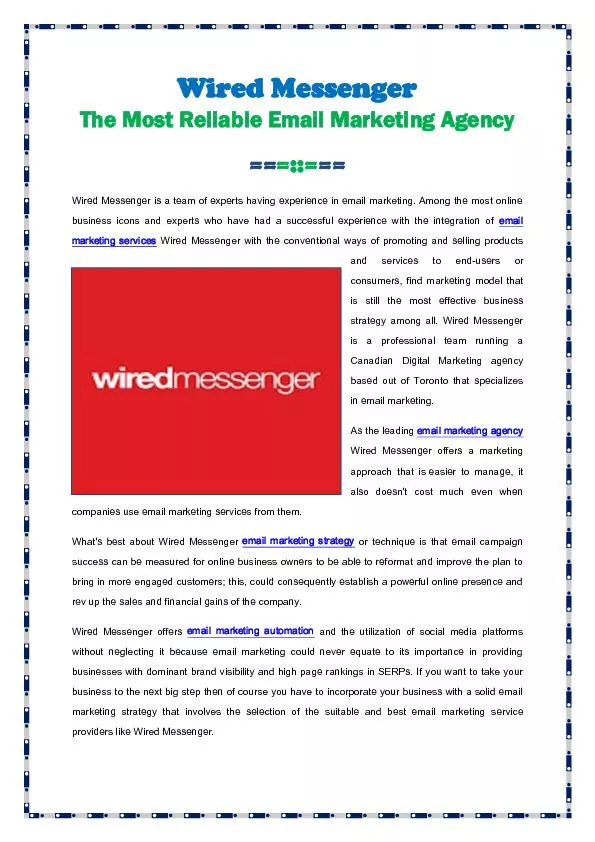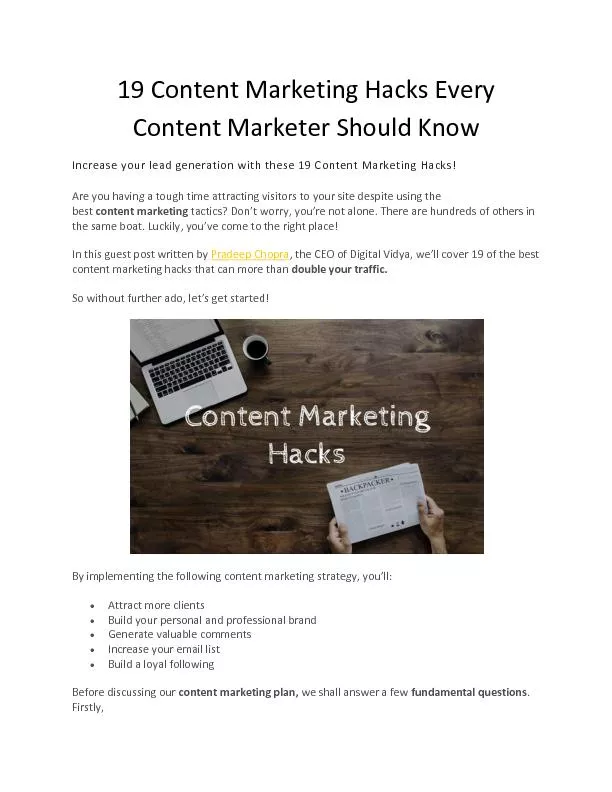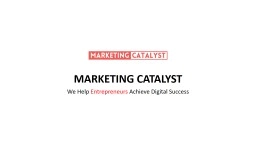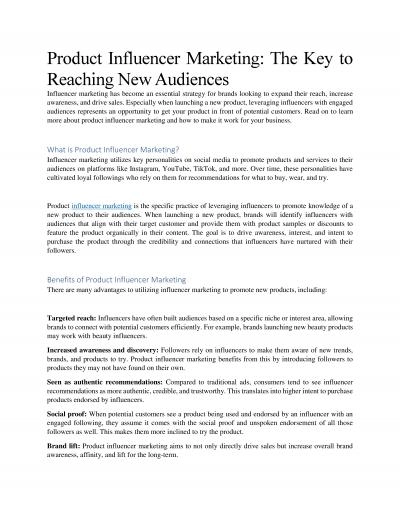Principles of Marketing Module 10: Product
Author : sherrill-nordquist | Published Date : 2025-06-23
Description: Principles of Marketing Module 10 Product Marketing Product Marketing Product is the core of the marketing mix Product defines what will be priced promoted and distributed If you are able to create and deliver a product that provides
Presentation Embed Code
Download Presentation
Download
Presentation The PPT/PDF document
"Principles of Marketing Module 10: Product" is the property of its rightful owner.
Permission is granted to download and print the materials on this website for personal, non-commercial use only,
and to display it on your personal computer provided you do not modify the materials and that you retain all
copyright notices contained in the materials. By downloading content from our website, you accept the terms of
this agreement.
Transcript:Principles of Marketing Module 10: Product:
Principles of Marketing Module 10: Product Marketing Product Marketing Product is the core of the marketing mix Product defines what will be priced, promoted, and distributed If you are able to create and deliver a product that provides exceptional value to your target customer, the rest of the marketing mix is easier to manage What is a product? A product is a bundle of attributes (features, functions, benefits, and uses) that a person receives in an exchange A product can be: An idea (recycling) A physical good (a pair of jeans) A service (banking) Any combination of the three Products are divided into consumer and business or B2B products Four Levels of the Product Types of Consumer Products Consumer products are often classified into four groups related to different kinds of buying decisions Convenience - bread, pain reliever, power cords Shopping - shoes, microwaves Specialty - highly differentiated, custom goods Unsought products - funeral plots, pest-control Practice Question What type of product is shown here? Figure: Characteristics that Distinguish Goods from Services Products Should be Augmented with Services If: Services can provide a more complete and satisfying customer experience Services can increase the total revenue for each sale Product Marketing Responsibilities: Inputs to the Company Define market needs or problems that the product should address Complete a competitive analysis to understand other offerings in the market Identify which market segments the product will target Define market requirements for the product Create buyer persona documents that describe the personality, behavior, and desires of buyer types Determine price Product Marketing Responsibilities: Outputs to the Market Define key messages to the communicate product benefits to the target market Create marketing materials about the product Define the sales approach Create lead generation plans Develop sales materials such as Web site content, brochures, presentations, and product demonstrations Provide training and support to distribution channel partners Product Life Cycle Stages of Product Lifecycle 0. Product Development Stage new product ideas are generated and tested; investment is made sales have not begun 1. Market Introduction Stage costs are very high with slow sales volumes to start little or no competition demand has to be created and customers have to be prompted to try the product makes little money at this stage 2. Growth Stage costs reduced due to economies of scale as sales volume increases 2. profitability begins to rise public awareness increases competition begins to increase


